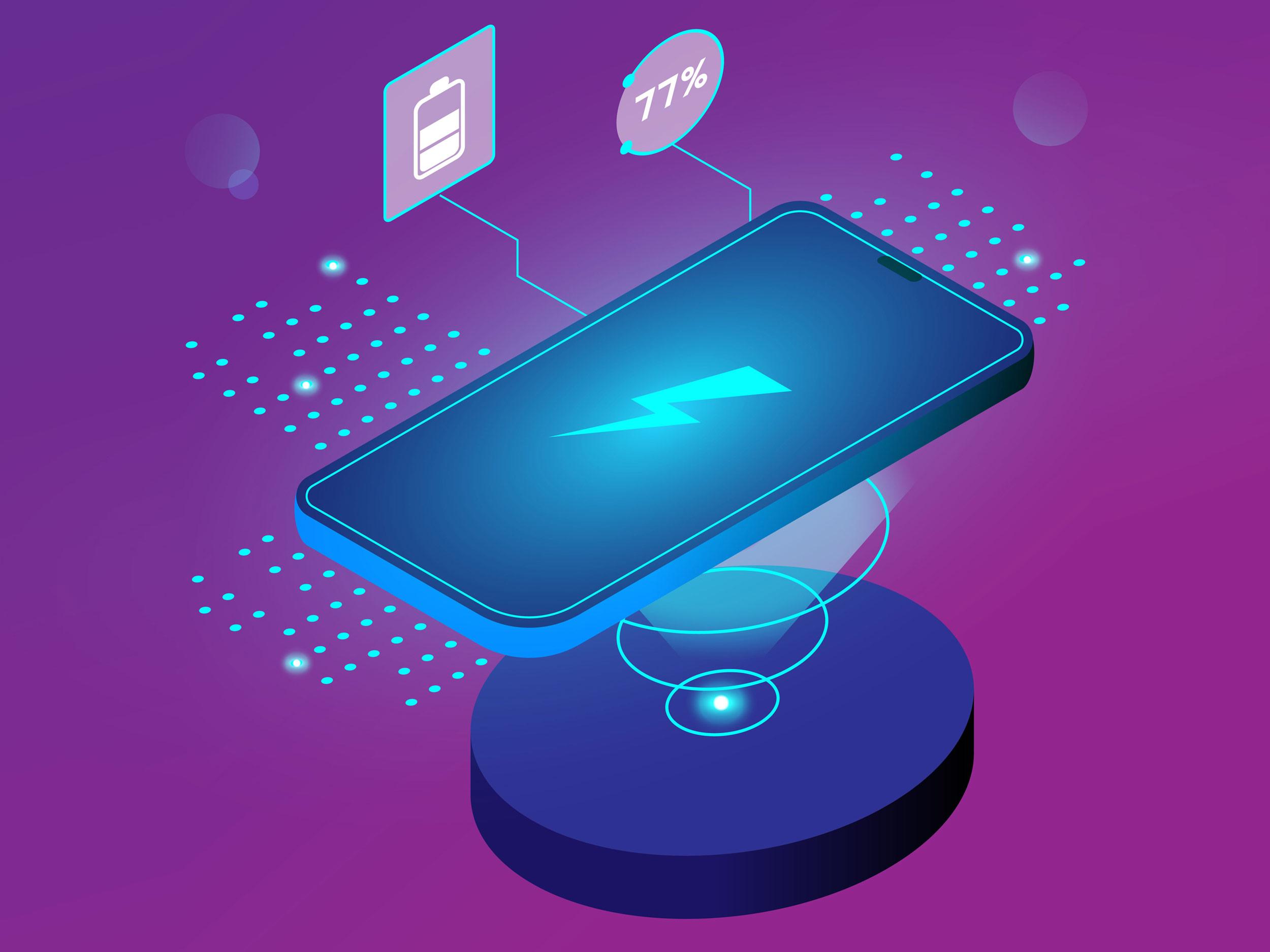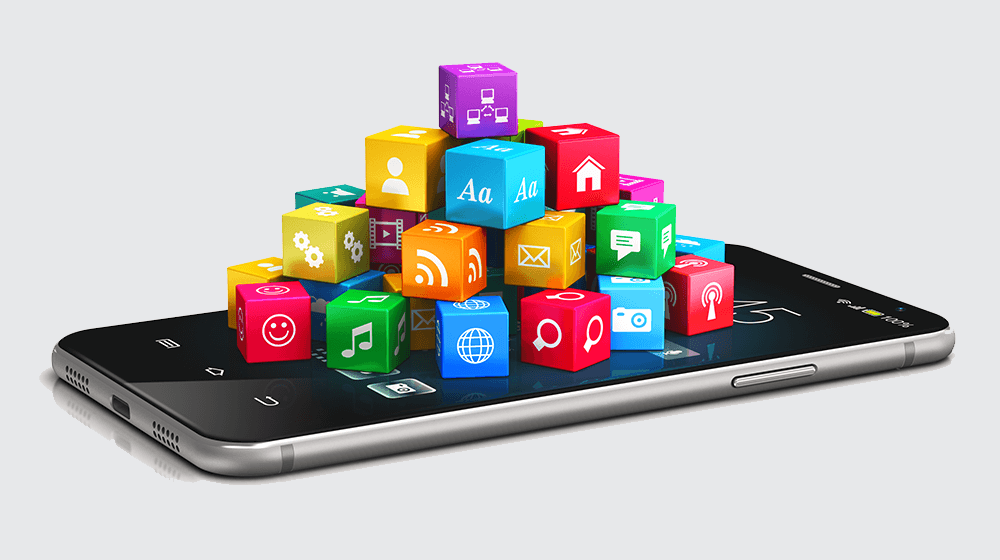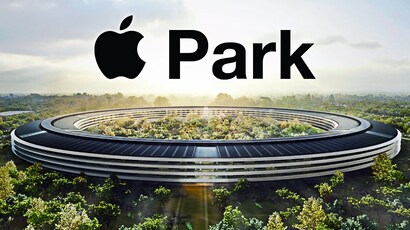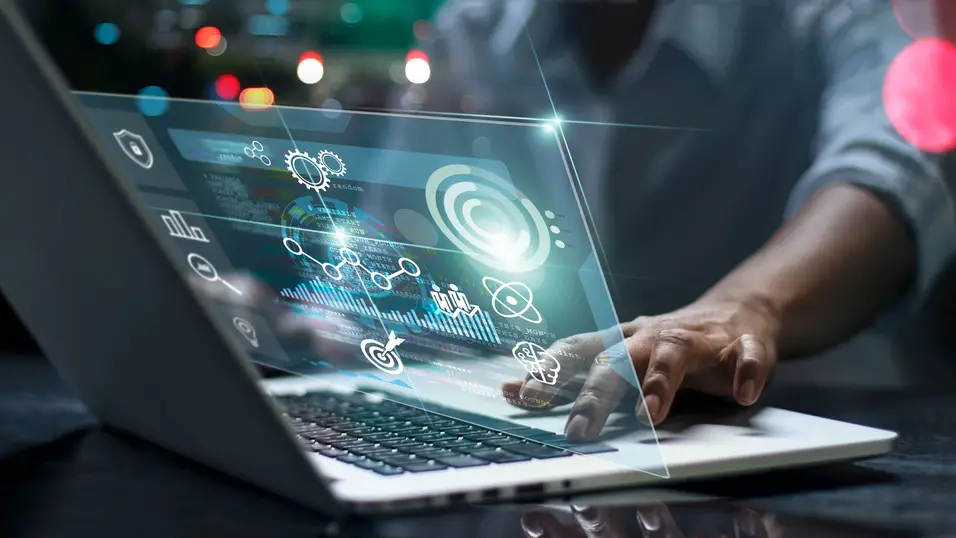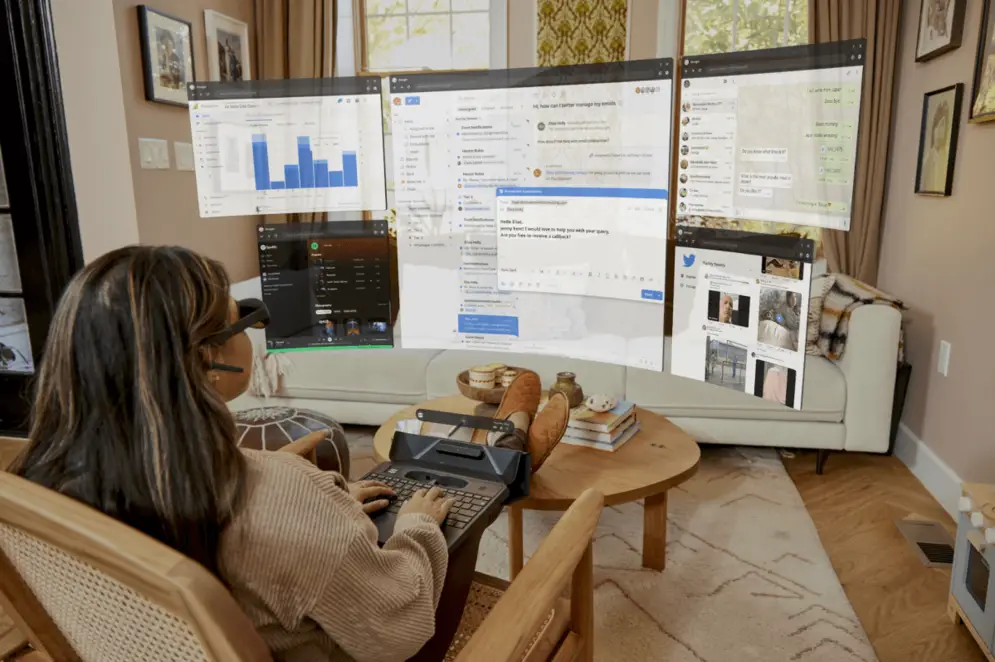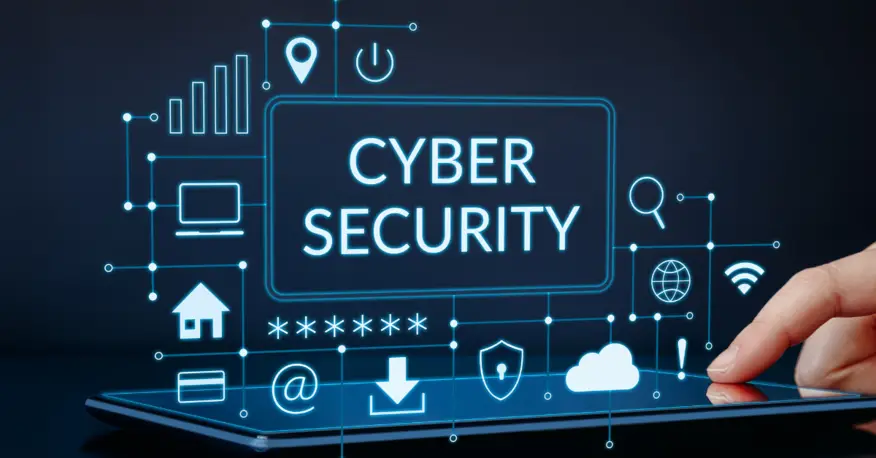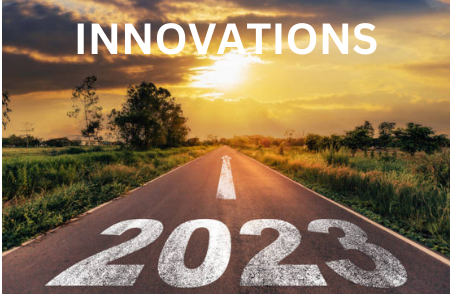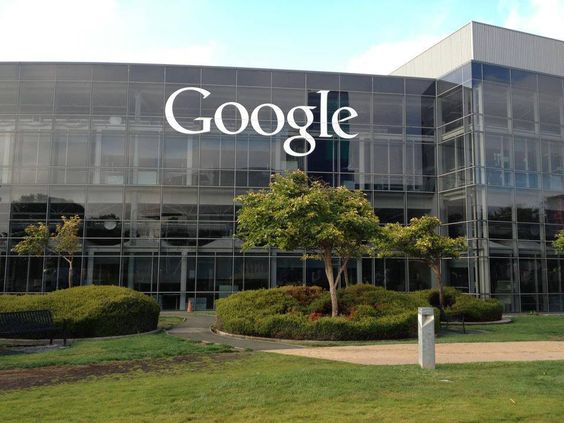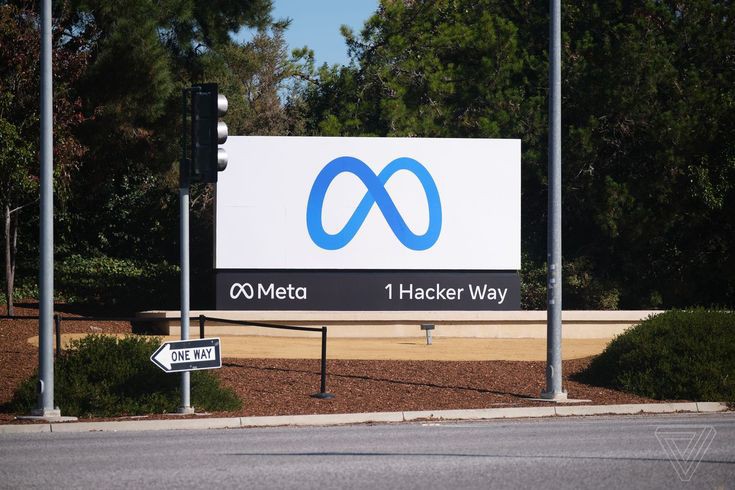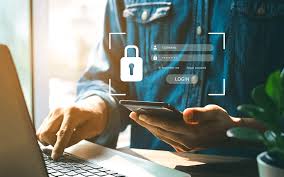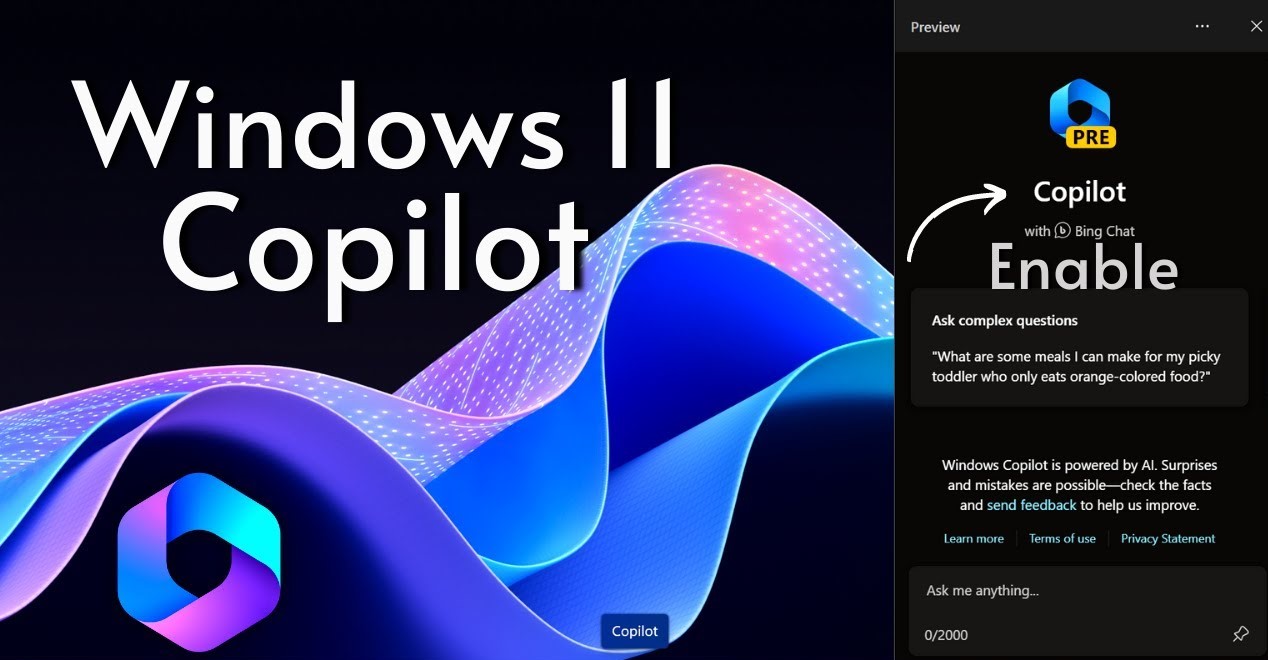How Mobile Phones Track Individuals: Unveiling GPS, Wi-Fi, and Cell Tower Technologies
By Vinius M Muthii | January 25, 2024
As of 2023, the number of mobile phone users is 7.41 billion which is 91.68% of the world's population. This makes mobile phones the primary technology accessory mostly used in the world. Enhancing communication, education, e-commerce, and much more, these gadgets have become a part of life for many people who have confessed they would not survive without them. However, these gadgets are live trackers and can be used at any given moment to identify the location of the users.
In this article, we will answer the question, "How mobile phones are used to track individuals?".
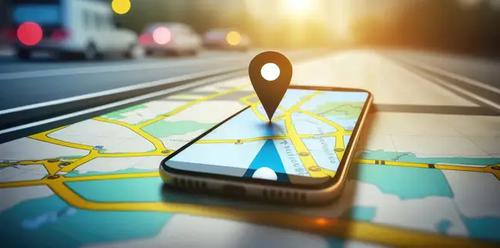
What is Tracking?
Tracking is a process of identifying the location of a person or a thing at a particular time. Traditionally, tracking was an arduous undertaking that involved word of mouth and consumed a lot of resources. Technology has simplified this task over time where an individual's whereabouts can be identified in a matter of minutes. With the tremendous growth of Social Media, one can get sumptuous information for a person of interest.
How does it work?
Most modern mobile phones are equipped with GPS receivers which allow precise location tracking of the recipient. These GPS enhance our daily lives by assisting in finding directions but they can also be used to track our location.
Often, law enforcement agencies use tracking to find the whereabouts of criminals and suspects, but this technology is not only available to them. Mobile Tracking takes shape in 3 technologies:
1. Global Positioning System (GPS)

This is a satellite-based navigation system that enables devices devices equipped with GPS receivers to determine their precise location anywhere. GPS receivers receive signals from multiple GPS satellites simultaneously.
The time taken for signals to travel from the satellites to the receiver is used to determine the distance from the GPS device to each satellite. Via a process called Trilateration, using at least 3 satellites, the GPS receiver can triangulate the location of the GPS device.
GPS can provide very accurate location information depending on certain factors such as a number of satellites, obstacles like buildings and trees, and atmospheric conditions.
2. Wi-Fi Positioning
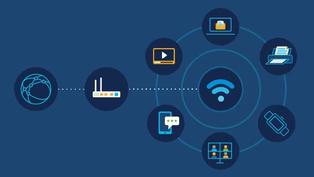
The rise of smartphones has been greatly influenced by their ability to surf through the internet. Wi-Fi is a leading technology that enables mobile phones to access strong internet connections and is integrated into every smartphone.
As long as the Wi-Fi feature is enabled on the phone, it continuously scans for available Wi-Fi networks within its vicinity. The phone can collect information about the network's name(SSID) and signal strength. A database containing the known locations of Wi-Fi networks can be used to match observed Wi-Fi information with known locations. By triangulating the device's proximity to multiple Wi-Fi networks, the system can estimate the device's location.
This method can provide reasonably accurate location estimates often within tens of meters.
3. Cell Tower Triangulation
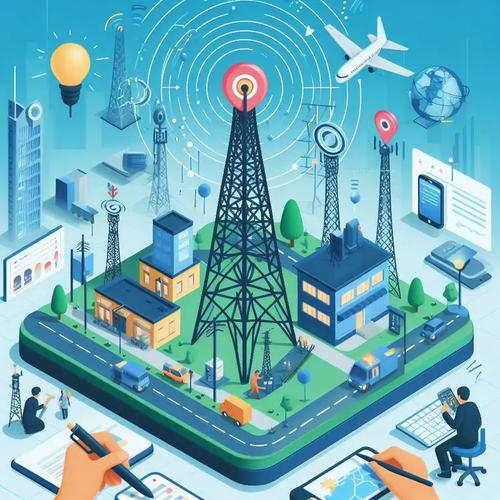
To enable communication between mobile phones in different locations, Internet Service Providers (ISP) companies use cell towers to maintain a cellular network between the devices.
The cell towers detects the signal strength and time it takes for signals to travel from the phone to the tower. Using the distances from at least 3 cell towers, one can triangulate the phone's location.
In many occassions, all these three methods are used altogether to get the precise location of a phone.
Privacy Issues
Under law enforcement policies, tracking purposes is subject to legal and privacy considerations. However, technology has enabled hackers and many other individuals to have the capabilities of using technology to gain other's location without consent. This makes it your responsibility to protect your own location among fraudsters.
Some of the best practices to enhance privacy include:
- Turn off location when not needed and use location services only when necessary.
- Turn off GPS and Wi-Fi when not in use
- Regularly check the permissions granted to each app on your smartphone.
- Use a Virtual Private Network(VPN) to mask your location and prevent your data from being intercepted by malicipous actors.
- Limit the amount of personal information you share on social media platforms.
With these measures, one can reduce the chances of being tracked by unwanted culprits. Remember, Privacy starts with you.
Subscribe to our Newsletter and follow our social media channels for more eye-opening insights.
Never miss Technological Updates
Subscribe to our Newsletter
Join our Community
Follow us on social media to stay connected and engage with our vibrant tech community:




